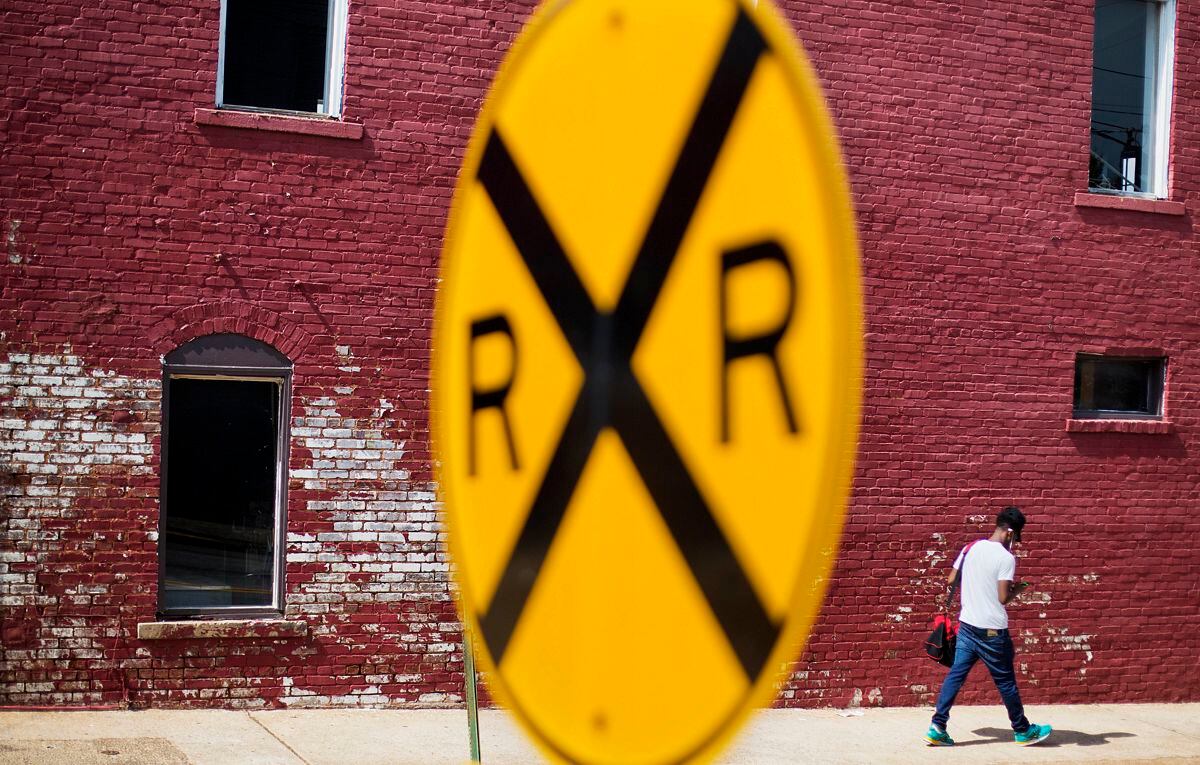U.S. roads were once considered to be like the Wild West, where rules and regulations took a backseat while lawlessness and reckless driving were norms during the automotive revolution in the late 19th and early 20th centuries. That would change once the number of cars on the road began to sweep aside horse-drawn carriages.
When American automobile production began in the 1890s there were so few cars on the roads that the need for a set of traffic guidelines was not immediately apparent. But by 1903 as car production ramped up, New York City introduced the country's first comprehensive traffic code.
After Ford produced the Model T in 1908, cars became more widely available in the U.S., leading to more congested roads and an increase in traffic-related accidents. With more than 200,000 cars on the road in 1909, cities began taking steps to make roads safer.
Detroit truly earned the moniker Motor City by the 1910s as the average number of people driving dwarfed those in other cities. The country's first-ever stop signs also were introduced in Detroit in 1915. Still, within two years, the city recorded more than 7,000 accidents, 168 of which were fatal.
More needed to be done to ensure not just driver safety; pedestrians and horse-drawn carriages were also in danger as a result of lawlessness on the roads.
The Traffic Light Isn't Enough
In 1923, inventor Garrett Morgan patented the three-position traffic signal, which featured go, one-way stop, and an all-direction stop and while it did enhance safety compared to the then-standard two signal light (stop and go), it became clear that more needed to be done as it didn't address the plethora of traffic scenarios drivers needed to manage in between.
Road signs had already been popping up in various states but in order to bring some uniformity, a group from Wisconsin, Indiana, and Minnesota were tasked with assessing roads and signs across the country. The group found that the best way to grab the attention of drivers was to have consistent messaging and shapes.
"Humans are creatures of repetition and it really helps if there are standardized signs that, no matter where you are, you are going to know whether it be by the immediate recognition of the shape or of the color … what it is likely to say," Paul Eisenstein, editor with the automotive news outlet, The Detroit Bureau, told Cheddar.
The crossbuck shape was already common in areas with railroad crossings, but the group found that adding a circular background was more appropriate. They also recommended octagons to represent stop, squares would mean caution or intermittent danger, diamonds represented caution at all times, and rectangular signs would indicate speed limits and other regulatory notices.
"Every road had a different set of signs. They used different terms. They used different shapes. They used different colors," Eisenstein said.


Signage Color Matters
After the findings were presented to the Mississippi Valley Association of State Highway Departments in 1923, the effort to begin standardization across the U.S. went into action.
While shape and messaging were deemed most critical for drivers, the importance of sign colors wouldn't be cemented until 1954. Efforts to establish a uniform color system came in 1924, but because signs were hand-painted at that time, the hues would fade, making them unreliable.
Perhaps one of the more notable changes made in the 1950s was the revamping of the stop sign from yellow and black to bright red and white.
While road safety has vastly improved since cars first appeared en masse in the United States, the Department of Transportation and the Federal Highway Administration continue to update safety guidelines in the yearly manual on uniform traffic control devices for streets and highways.



